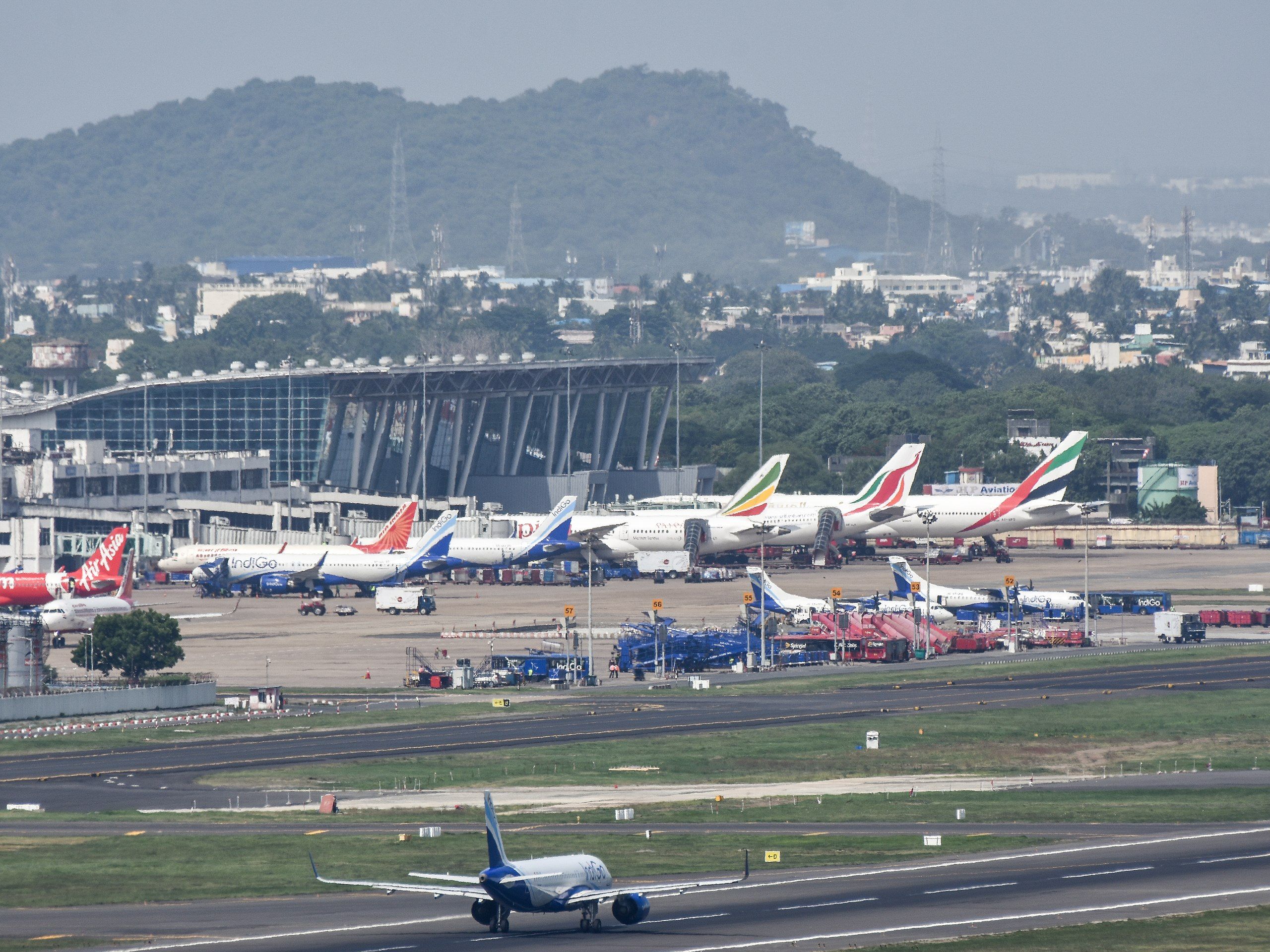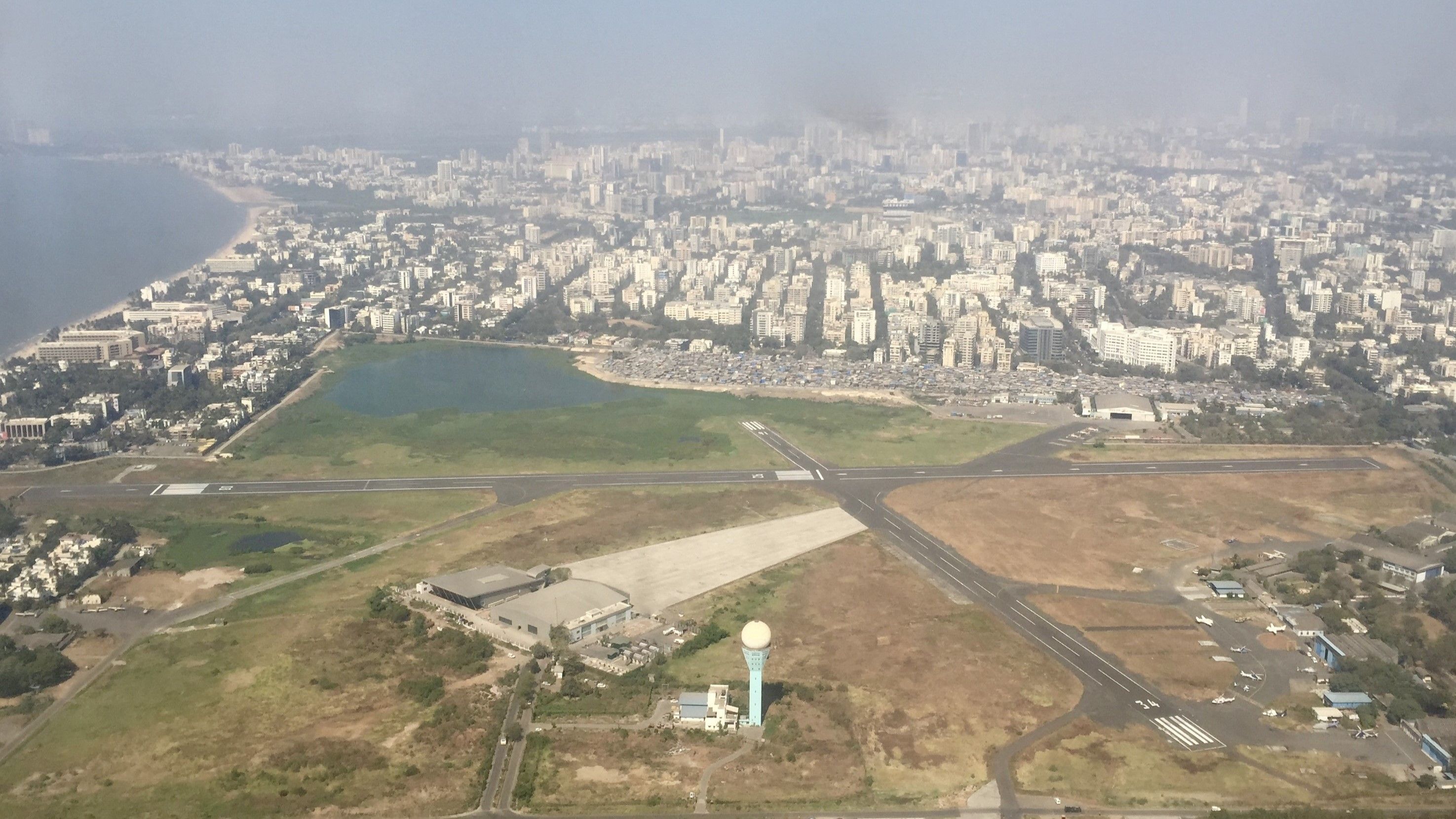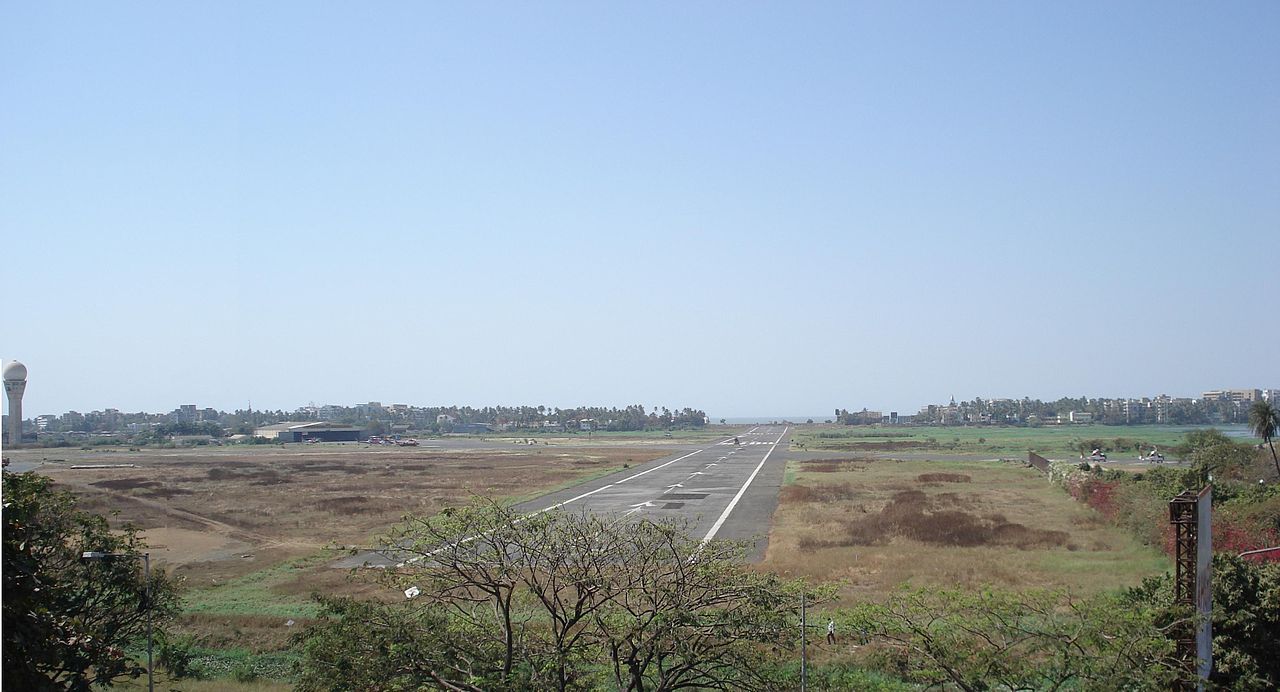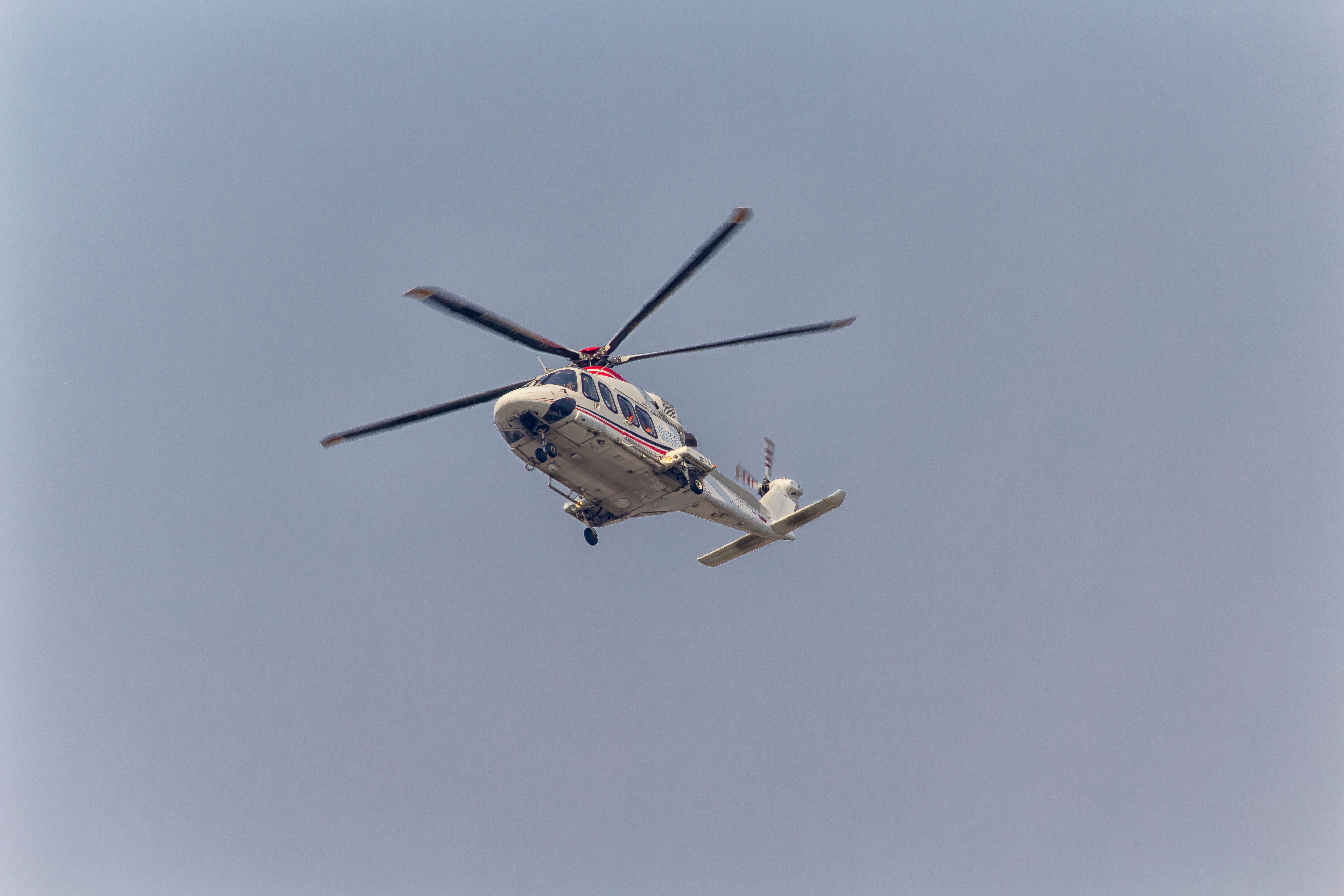Passengers flying in and out of the Indian city of Mumbai today might be familiar with the bustling Chhatrapati Shivaji Maharaj International Airport (BOM), but did you know the metropolis also hosts another airfield? Juhu Aerodrome was the country's first civil aviation airport and served in this role until the late 1940s. Today, the facility still serves certain VIP flights, general aviation, and more..
India's first commercial airport
Commercial aviation in India was established by JRD Tata's historic flight on October 15th, 1929. On this date, the man with the first pilot's license in India flew an airmail service from Karachi to Bombay (the previous name for Mumbai). His de Havilland Puss Moth landed at Juhu Aerodrome, kicking off operations from there under the name of Tata Airmail Services, which became Air India.
The foundation of the Indian national flag carrier boosted operations out of the Juhu Aerodrome, located in a bustling part of Mumbai right next to the popular beach. In 1936, the facility expanded, with this growth including the construction of two new runways (08/26 and 16/34), with plans for a third. This made Juhu a bustling hub for Tata Airmail, but, unfortunately, this was not set to last.
Love aviation history? Discover more of our stories here!
In 1937 and 1938, the aerodrome saw further upgrades, such as concrete paving for its runways. This point also saw the advent of nighttime flying services at the facility, so Juhu Aerodrome was equipped with increasingly modern amenities. However, despite this early promise, the airport still had some critical drawbacks that meant it would not become the key airport for India's financial center.
Mumbai's new airport
During the monsoon season, Juhu Aerodrome became unusable due to waterlogging, and its operations were moved to Ponna Airport (now Pune). This was fixed with the concrete runways, but authorities decided that Mumbai needed a dedicated airport to service emerging passenger demand. During the wartime period, Juhu served as a strategic base to aid the UK's war efforts in Asia.
Santacruz Airport, which was located two miles away and had previously served as a Royal Air Force base, was eventually chosen to serve as the primary commercial airport for the city. After the Second World War, Santacruz officially took over passenger flights in 1948, using its two hangars for domestic and international services. However, this didn't mean that Juhu Aerodrome had to face closure.

India's Busiest Airports: A Look At The Top 5
These airports are located in major metropolitan regions and offer unique amenities for travelers.Instead, Juhu Aerodrome became the preferred airport for general aviation, helicopter operations (as pictured above), and state or national leaders to fly in and out of. This is similar to Safdarjung Airport in New Delhi, which remains open today for special operations but not as a commercial airport. Today, Juhu is home to the Bombay Flying Club, which provides flying training for pilots nationwide.
A long time without commercial operations
Despite repeated attempts by the AAI (Airports Authority of India) to bring Juhu Aerodrome back into commercial operations, this has been blocked. Instead, Juhu is now a reserve airport for military operations, while Santacruz (now Chhatrapati Shivaji Maharaj International) exclusively handles passenger and cargo flights. This has made Mumbai home to the busiest one-runway airport in the world.
That being said, a commercial aircraft has landed at Juhu in its post-commercial era, albeit by mistake. This occurred in 1972 when a Japan Airlines Douglas DC-8's crew mistook it for Santacruz Airport.



